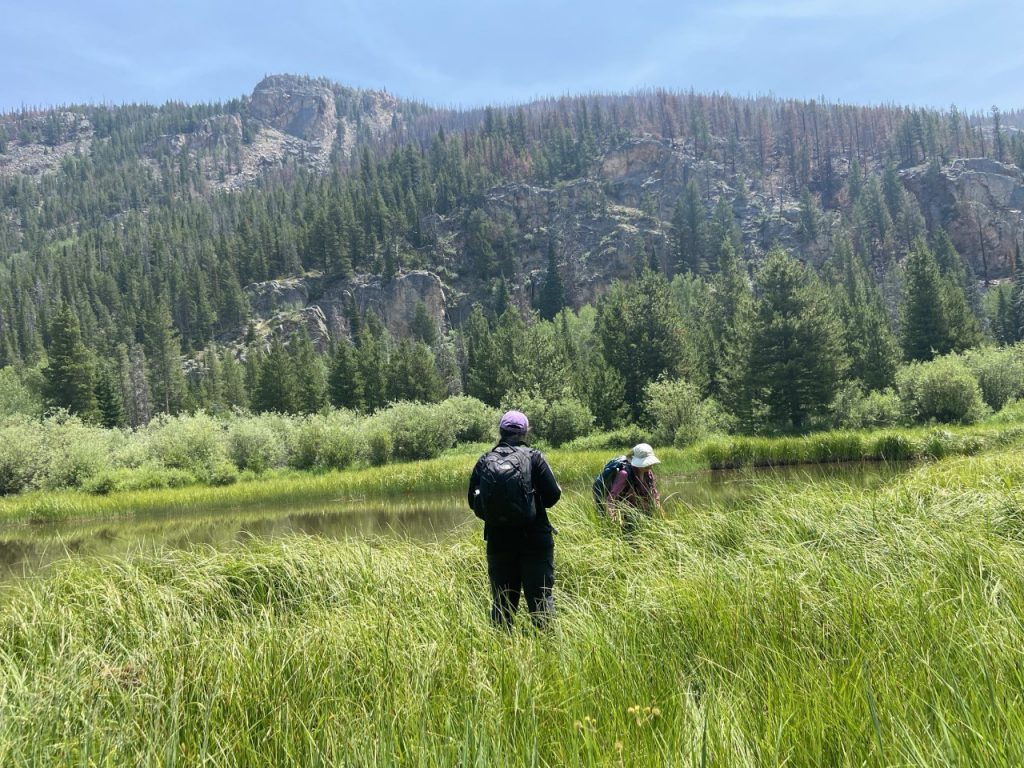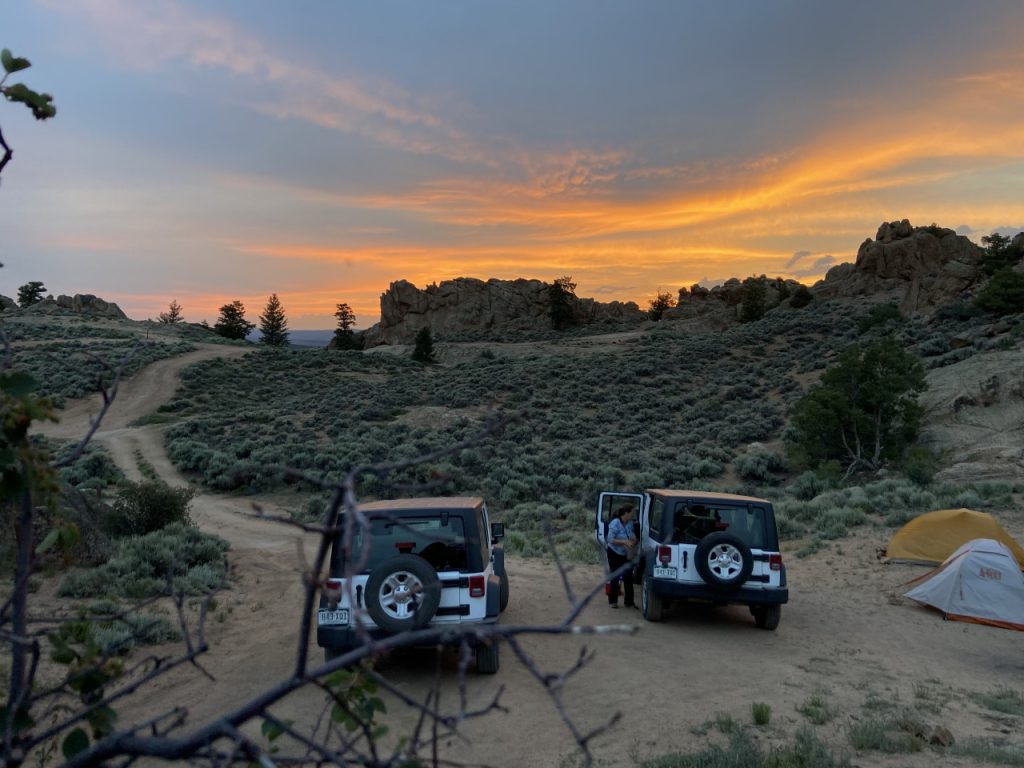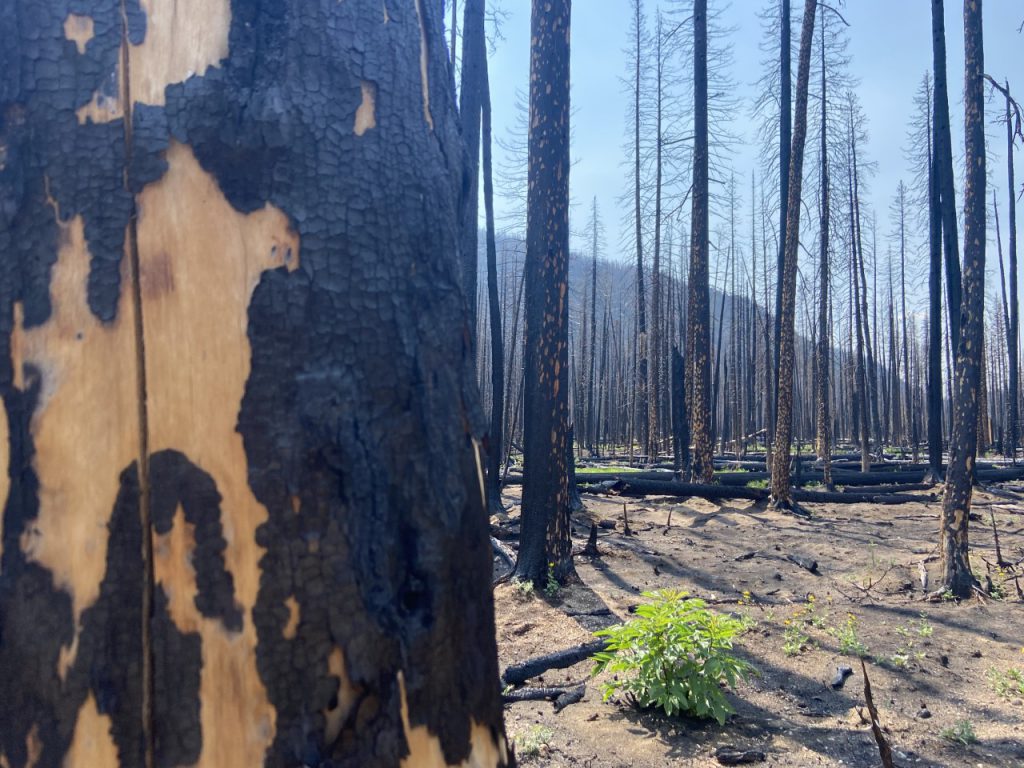As a senior at Colorado State, I’ve had the opportunity to participate in several internships. I have worked with native bees and I have worked at a research lab, but the Siegele Internship has allowed me to steer the reins and feel so close to the project at hand. In a summer of learning many things, I learned the importance of being open to constant learning and adapting in this internship, as soft funding and on-the-go changes made it necessary to be adventurous and willing to look at problems in a different way. My summer as a Siegele Intern was bright and full of education. I learned so very much about plant dichotomies, the plant world, and the entire universe of funding and grant writing, as well as office work.
This work taught me the importance of understanding patterns, processes, and pieces of an ecosystem, as explained by Susan Panjabi. Each project comes together in a way that allows me to feel like I am making a difference in conservation and ecosystem management. As a senior about to head out into the real world, this internship provides me with the most hands-on experience and allows me to truly use my hands to shape the future of a wetland and restoration project. Throughout the summer, I went to many places including Gunnison, Rifle, and Rollins Pass, where we did a Bioblitz (recording of all the species in an area). I also went on plenty of day trips close to Fort Collins, giving me a stronger understanding of the area in which I chose to do my study of ecosystems.
I would have to say my favorite project of the summer would be searching for the astragalus anisis, a rare plant project in Gunnison. My mentor made me feel very heard and I learned a lot about habitat formations and how to use “soft eyes” when searching for a plant. I learned about the different types of rare plant research one can do, including going on a physical search. With my goals of becoming an environmental lawyer in a few years, understanding the types of research methods and historical recordings of where plants are is extremely necessary when developing policy for these plants.
Oftentimes throughout my internship, people would tell me it did not necessarily apply to my future goals, but I don’t feel that is so. Having a strong foundational basis of being out in the field gives me credibility with farmers and agricultural ranchers whom I want to help defend in the court of law, as I need an understanding of how their ecosystems work and what issues are important to them. This includes understanding their soil and the most important plants in the community to protect. I have learned about land easements and the different types of stakeholders with whom environmental science researchers work.

A big part of my education at CSU has been working with a transdisciplinary understanding of ecosystems. This essentially means that different areas of expertise can come together to better understand the best method for taking care of the environment. While I may never technically work in the field ever again, understanding the perspective of a researcher at the table where everyone’s voice should be equitable is an important part of changing the world to me. I have heard and listened to the voices of my fellow students and what inspires them to do field work. In the constantly developing field of ecosystem science, having a background in not only research, but also in policy, gives me an understanding of why researchers are looking for a certain plant and its importance. Learning about what inspires others around me is one of the greatest insights I will take away from this internship. I will forever be grateful for this opportunity and its hard lessons of bringing enough water to the field and enough warm clothes. Through these mistakes and trials of error, I am learning to understand the difficulty and passion of those who work in the field.






